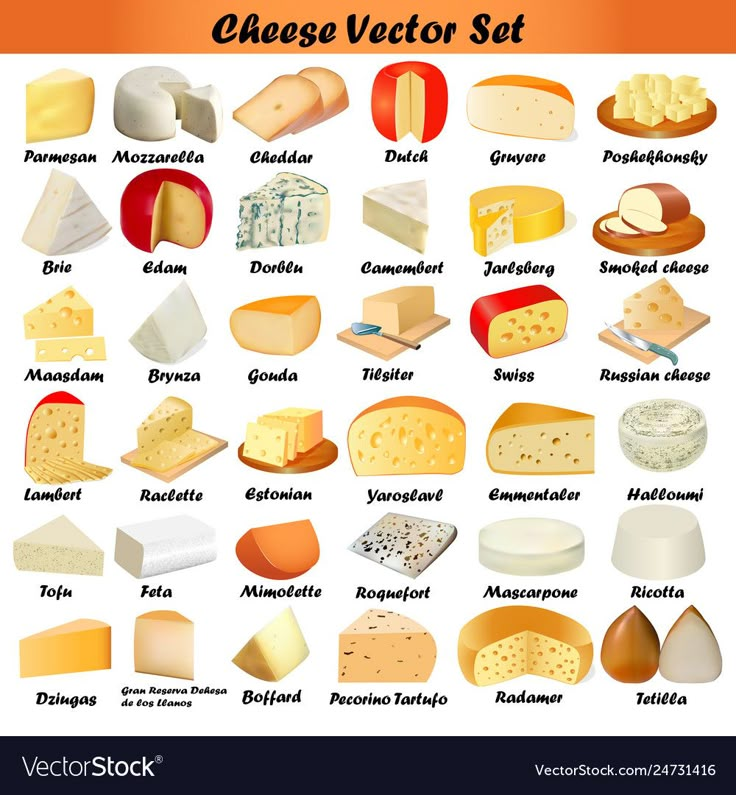Exploring the World of Cheese37

History of Cheese
Cheese has been a staple food for centuries, with its origins dating back to ancient times. It is believed that cheese was first discovered accidentally when milk was stored in animal stomachs and the natural enzymes in the stomachs caused the milk to curdle and separate into curds and whey. Over time, different cultures developed their own methods of cheese-making, resulting in a wide variety of cheeses with unique flavors and textures.
Cheese-making techniques spread throughout Europe and the rest of the world, with each region developing its own specialty cheeses. In France, for example, cheese is considered an art form, with hundreds of different types of cheese produced in various regions. In Italy, cheese-making is a tradition that has been passed down through generations, resulting in world-renowned cheeses like Parmesan and mozzarella.
Types of Cheese

There are thousands of different types of cheese produced around the world, each with its own distinct flavor, texture, and aroma. Some of the most popular types of cheese include cheddar, Swiss, Brie, and Gouda. Cheddar is a versatile cheese that can range from mild to sharp in flavor, depending on how long it has been aged. Swiss cheese is known for its characteristic holes and nutty flavor, while Brie is a soft, creamy cheese with a mild, buttery taste.
Gouda is a Dutch cheese that is aged for varying lengths of time, resulting in cheeses that range from mild and creamy to sharp and nutty. Other popular types of cheese include blue cheese, feta, and goat cheese, each with its own unique flavor profile and uses in cooking.
Health Benefits of Cheese
Cheese is a nutrient-dense food that is rich in essential nutrients like calcium, protein, and vitamins A and B12. Calcium is important for maintaining strong bones and teeth, while protein is essential for building and repairing tissues in the body. Vitamin A is important for vision and immune function, while vitamin B12 is necessary for nerve function and the production of red blood cells.
In addition to its nutritional benefits, cheese also contains beneficial bacteria and enzymes that can help improve digestion and support gut health. Some studies have even suggested that certain types of cheese, like blue cheese, may have anti-inflammatory properties and could help reduce the risk of certain chronic diseases.
Cheese Pairing and Tasting

Cheese pairing and tasting is a popular activity among cheese enthusiasts, who enjoy exploring the different flavors and textures of various cheeses. When pairing cheese, it is important to consider the intensity of the flavors, as well as the texture and aroma of the cheese. Some common pairings include pairing sharp cheeses with sweet fruits like apples or pears, or pairing creamy cheeses with crusty bread or crackers.
When tasting cheese, it is important to take small bites and allow the cheese to melt on the tongue, releasing its full flavor. Some tips for tasting cheese include smelling the cheese before tasting it, as aroma plays a big role in the overall flavor experience. It is also important to let the cheese come to room temperature before tasting, as cold cheese can dull the flavors.
